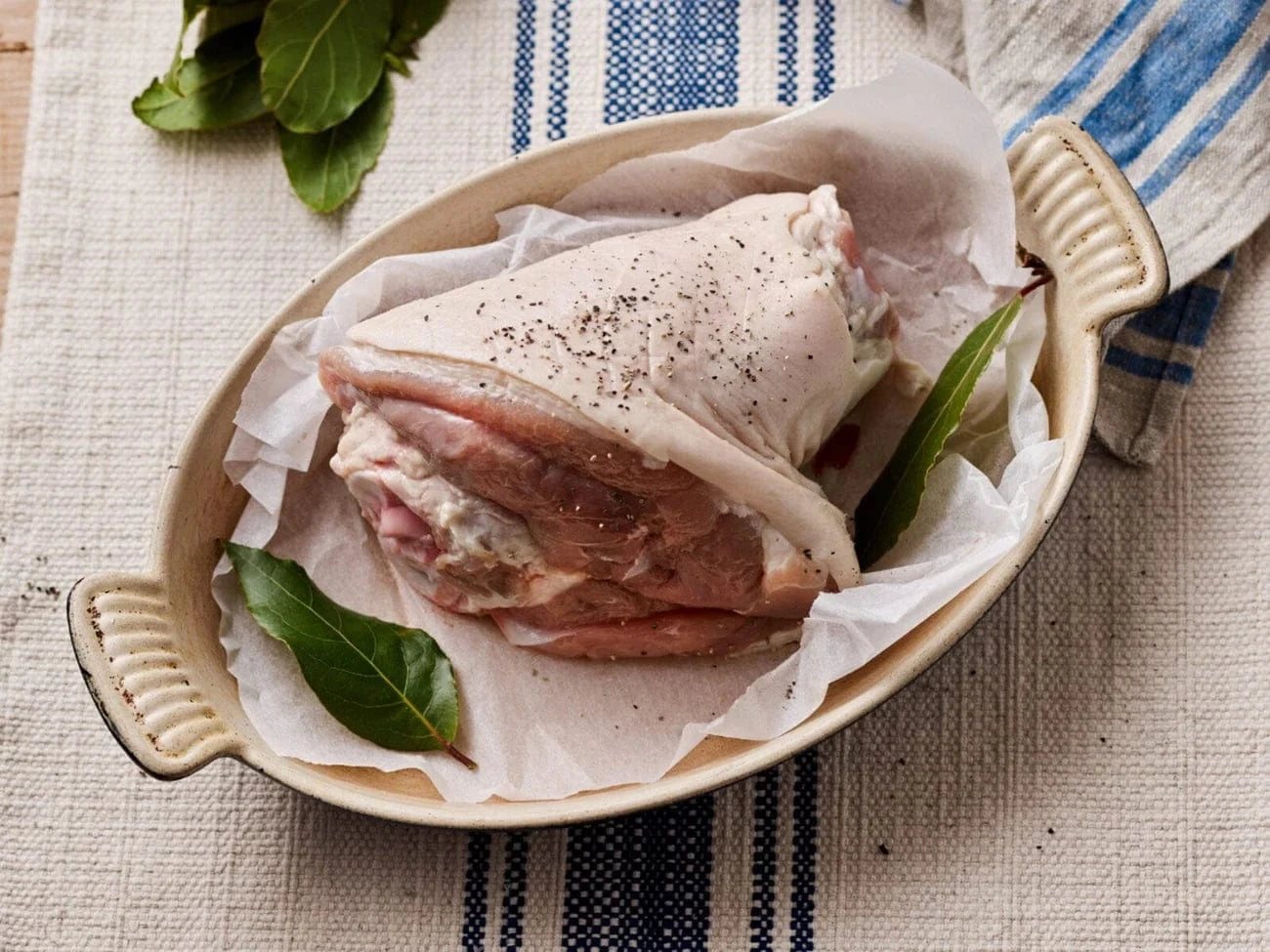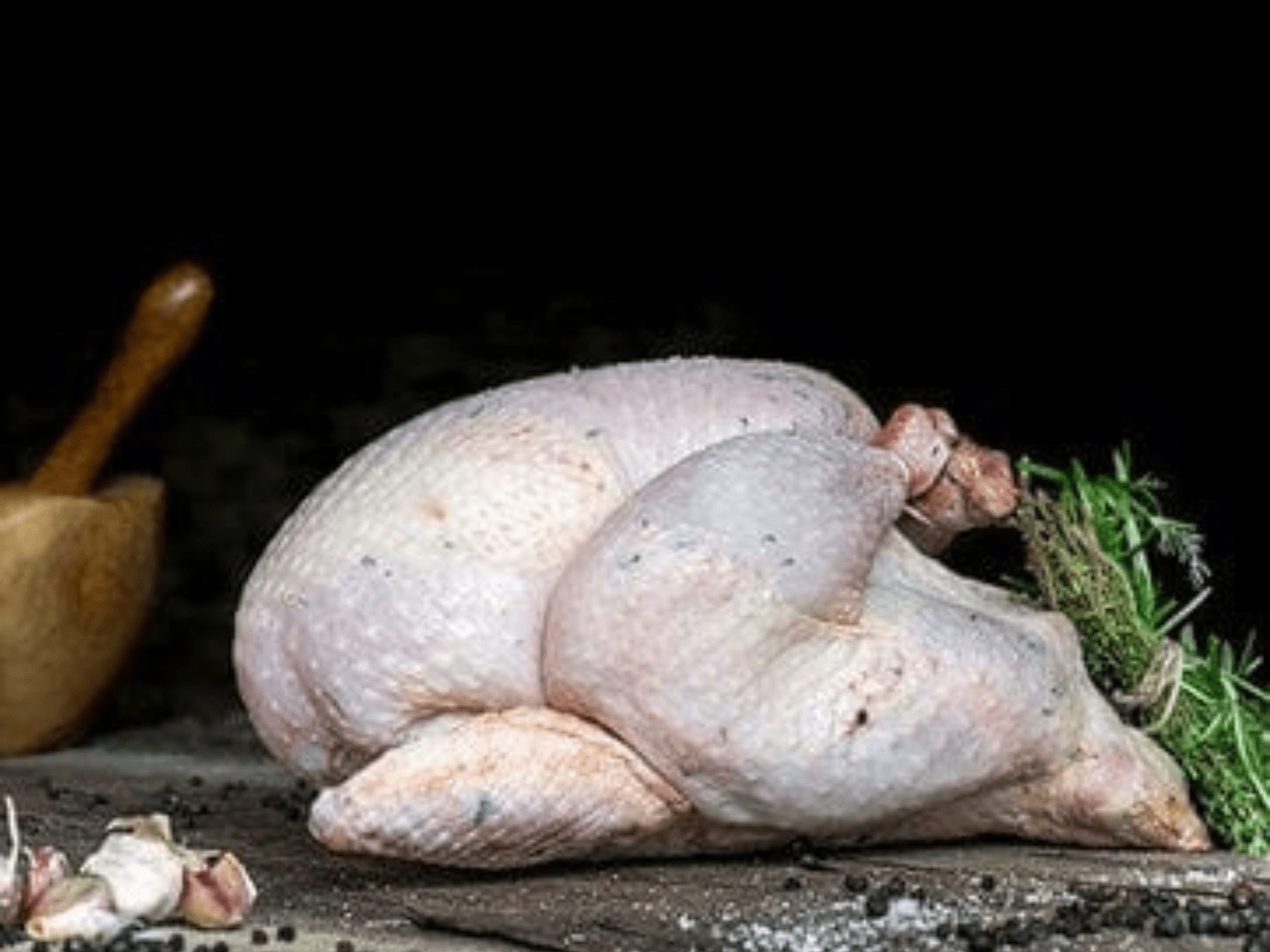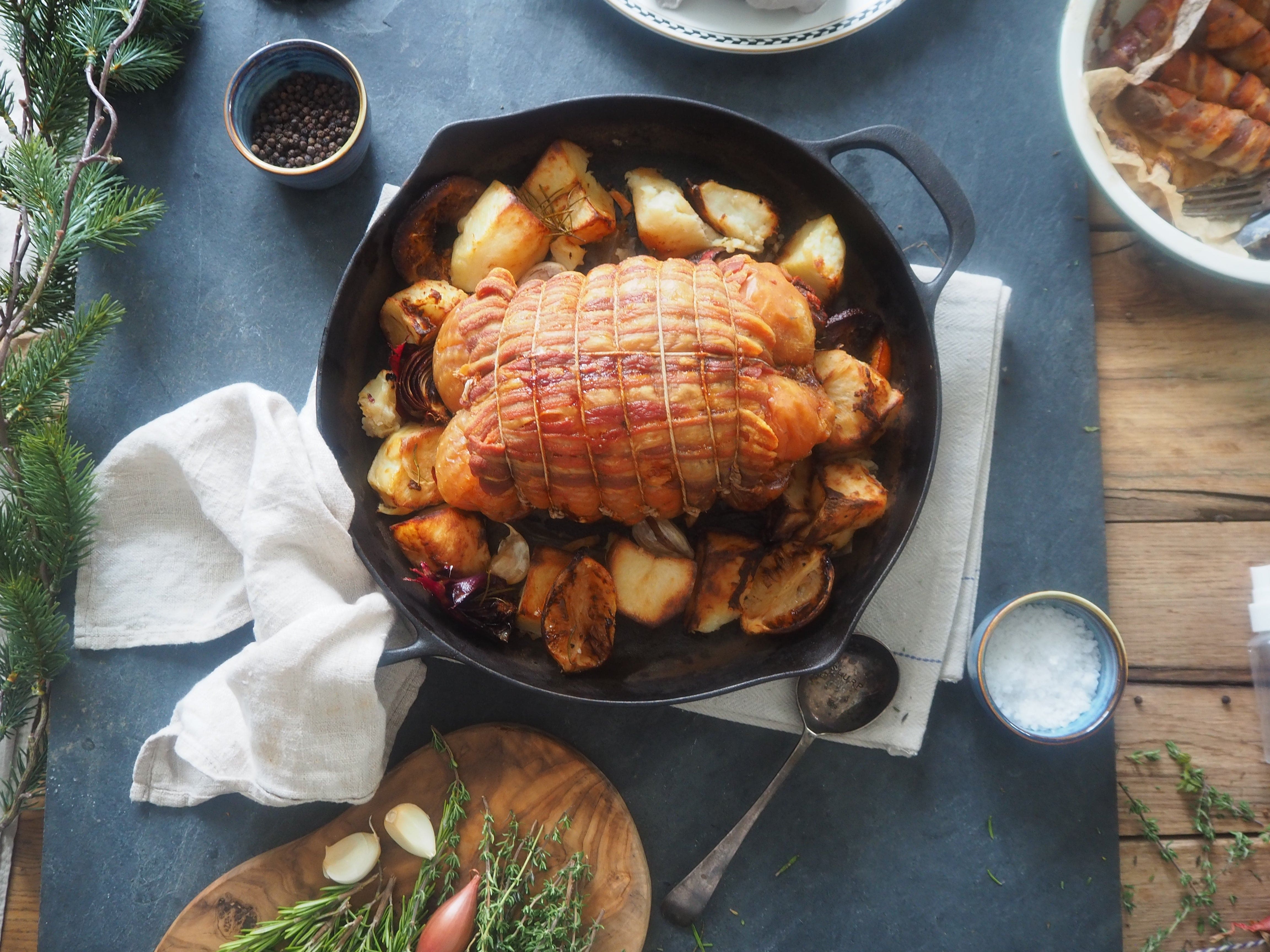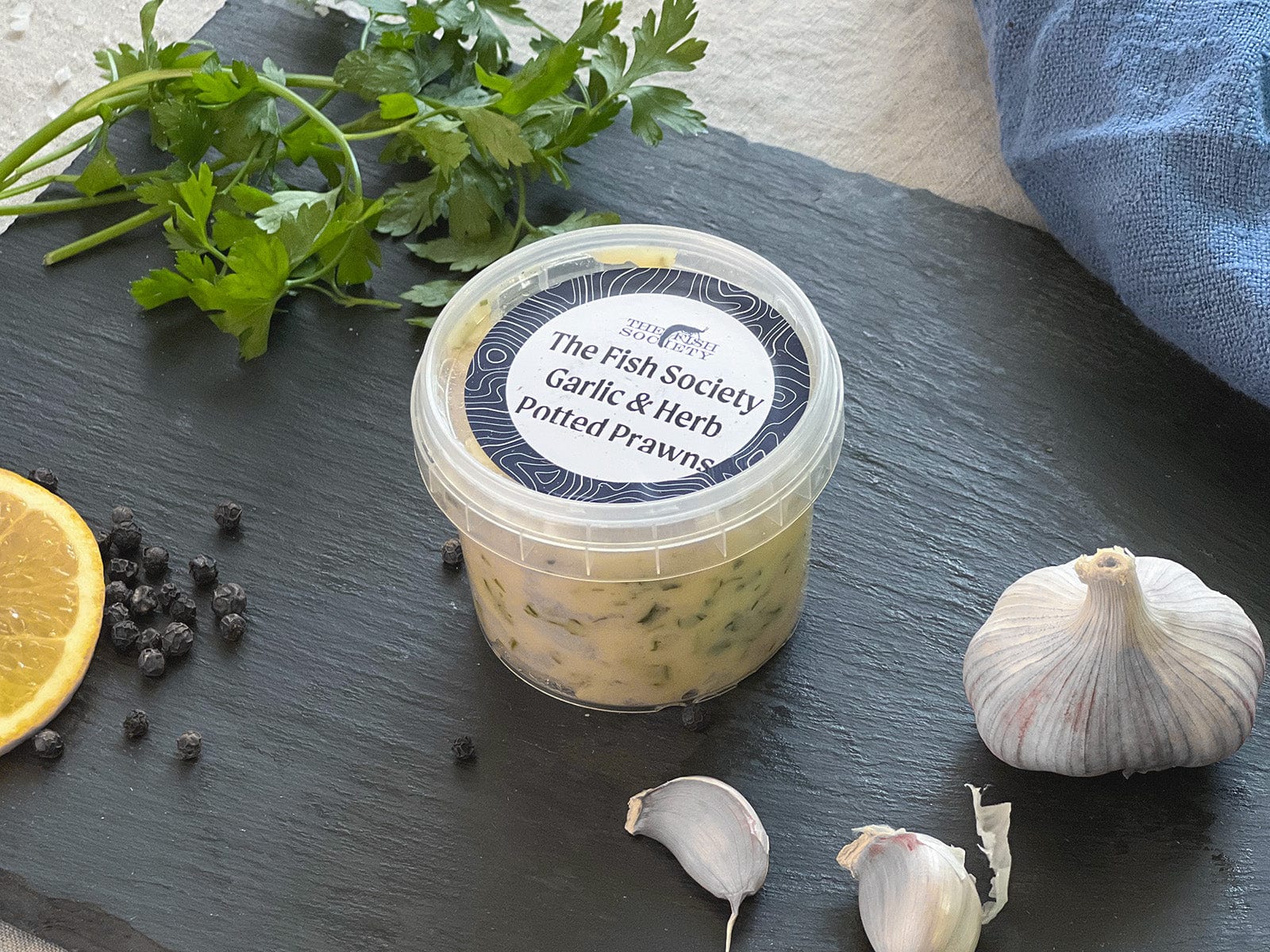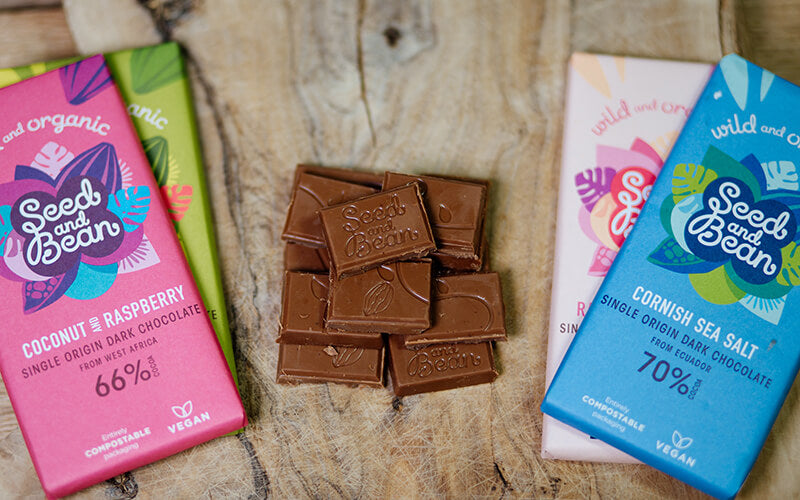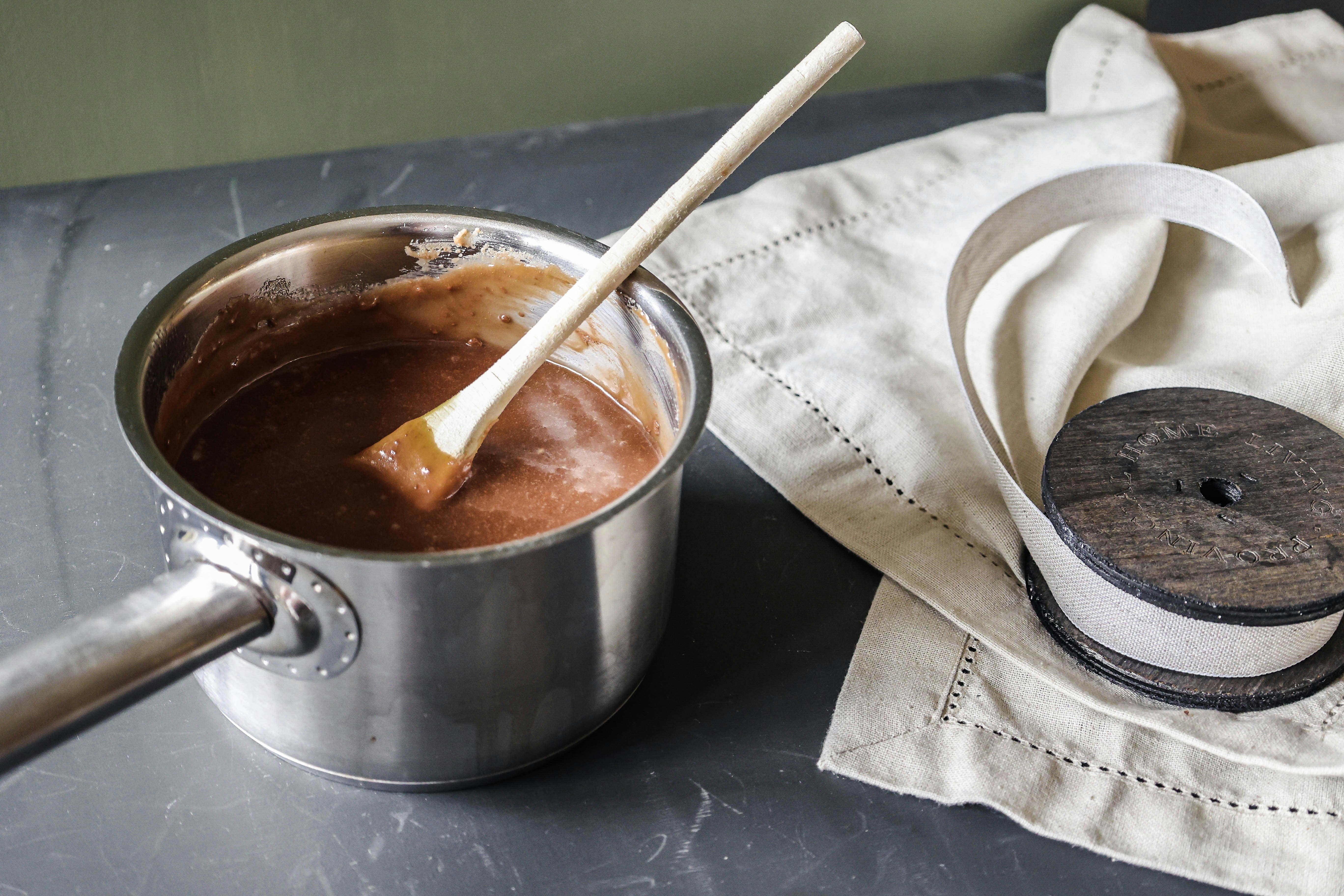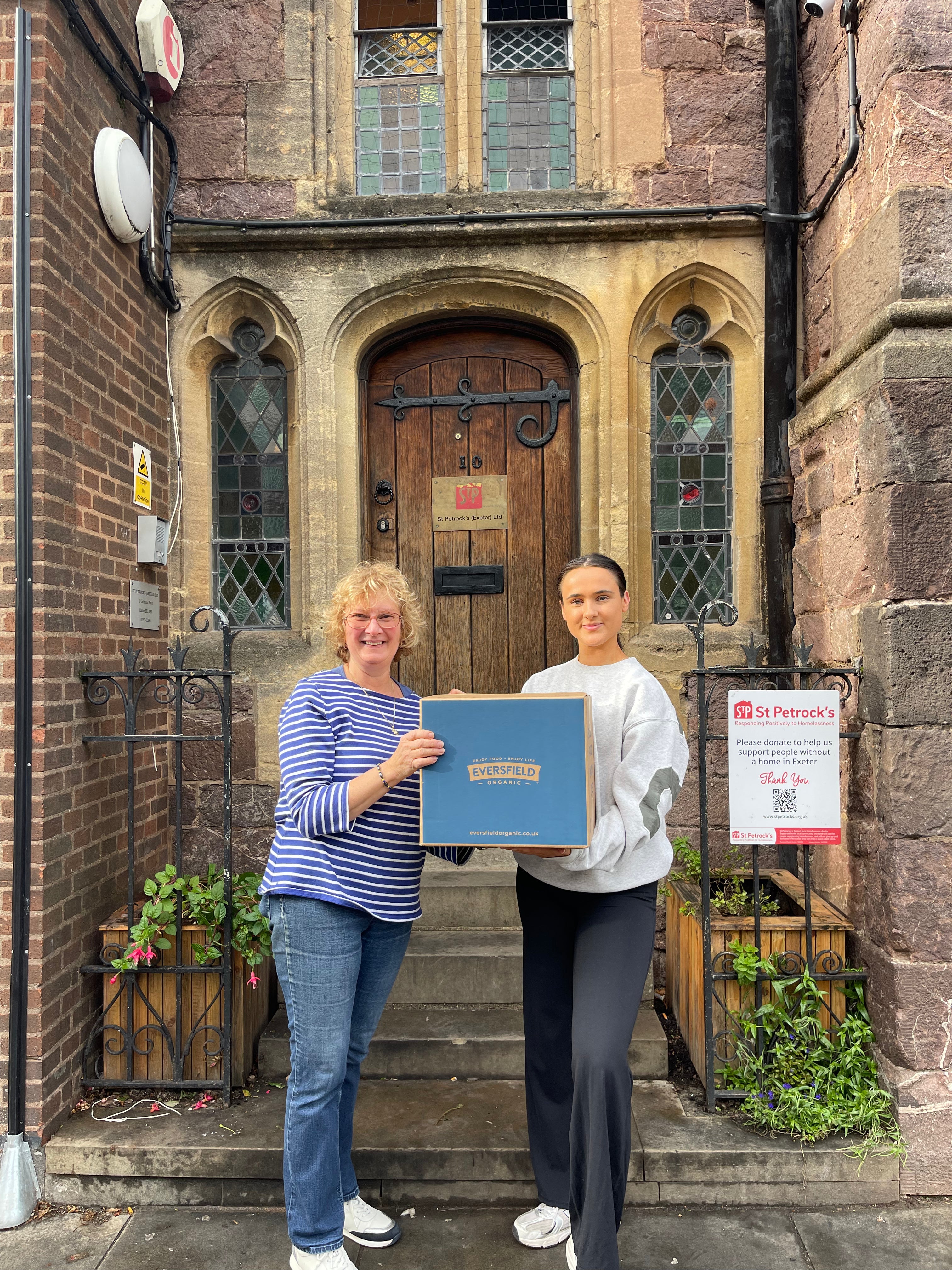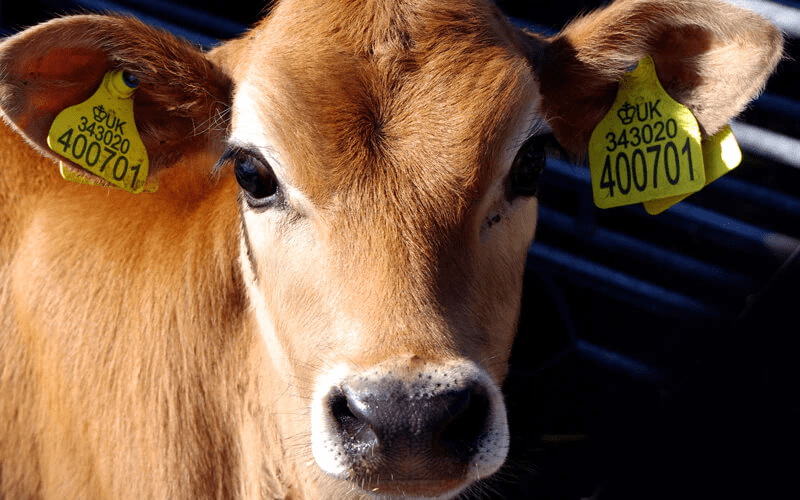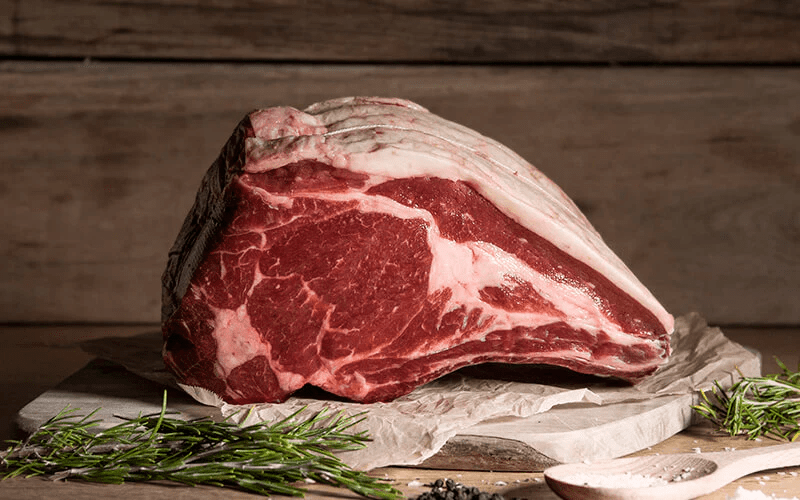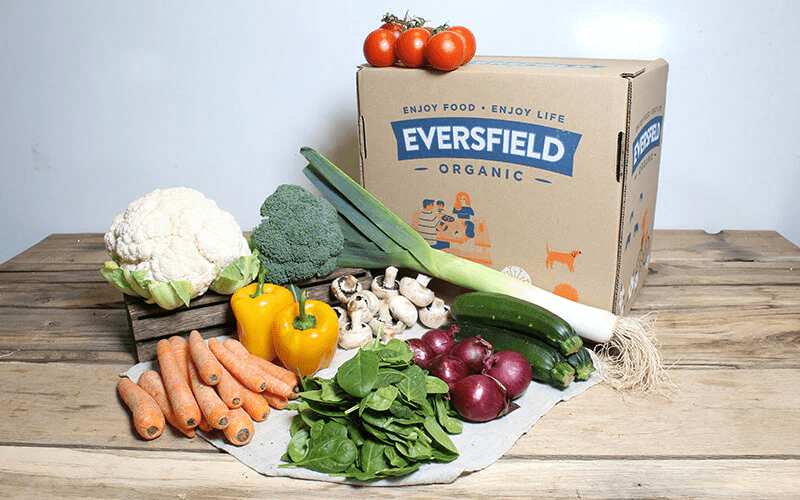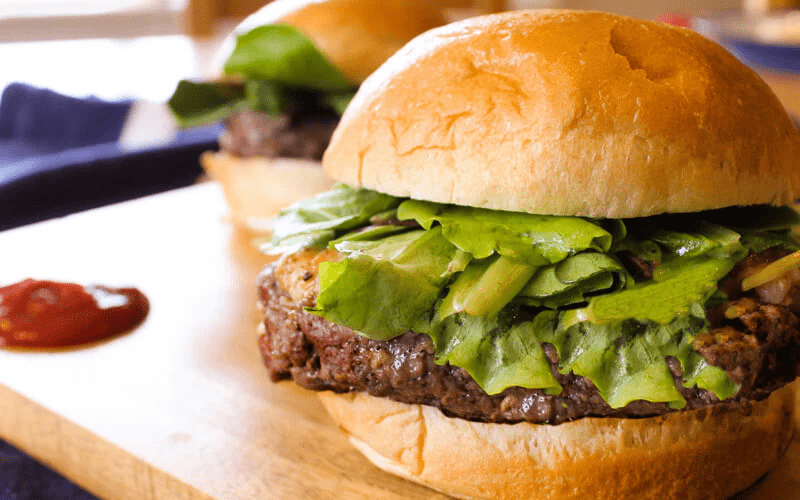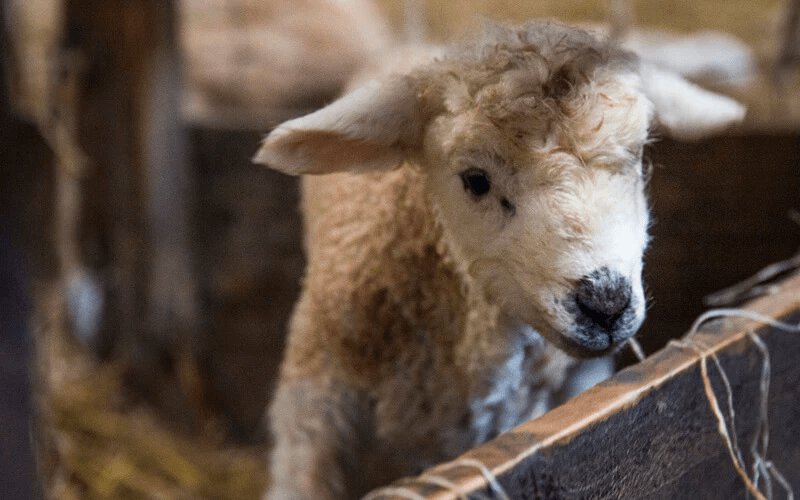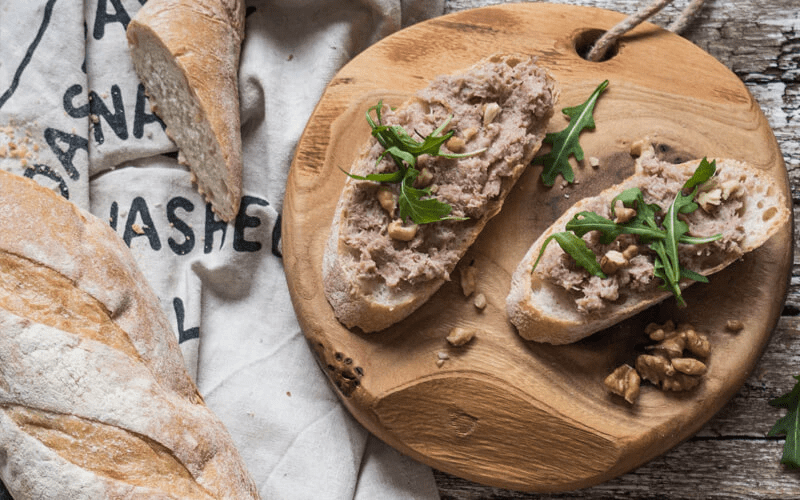How to Make Comfrey Tea
A nutritious drink for your plants…
The team of expert gardeners at our Market Garden are always coming up with new ways to grow the best, organic plants around. Comfrey is one of the core plants at the garden for more reasons than one. Not only does it produce pretty purple and blue flowers, but it’s also a favourite of the wild bees and makes for a great natural plant fertiliser.
What is Comfrey?
The Comfrey plant is a type of shrub that is native to Europe, Asia and North America and produces clusters of flowers typically purple, blue or white in colour. The binomial name for Comfrey is Symphytum Officinale – a genus of flowering plants in the borage family Boraginacese. There’s up to 35 species of Comfrey, with most growing up to 5 feet tall and recognisable for their long, slender leaves and black-skinned roots.
Historically, the roots and leaves of Comfrey have been used as medicine in some parts of the world and is known to help muscle strains, bruises, burns and joint inflammation. The wide use of Comfrey is likely due to the very little maintenance that it needs. The plant thrives in healthy, fertile soils and like most of us, enjoys a lot of sunshine. Additionally, Comfrey that is grown in gardens has a higher nutritional value than commonly found wild Comfrey, making it the perfect organic fertiliser…
How Does Comfrey Tea Help?
Comfrey is a deep rooting plant, much deeper than its neighbours, meaning it can pull up lots of nutrients from its roots all the way to its leaves. These nutrients, that other plants are unable to reach, are then stored in the Comfrey leaves and released when making comfrey liquid fertiliser. The nutrients, including nitrogen, phosphorus and potassium, are all essential for plant growth and can be found in the liquid Comfrey fertiliser – an organic and cost-free fertiliser than can be made at home.

The potassium in the Comfrey feed is particularly important for our Market Garden. Potassium is great for promoting flowers and fruits in a whole heap of plants, helping to produce our organic vegetables. This fertiliser is helping to bring along our organic tomatoes, organic cucumbers and organic peppers.
Did you know that you can also make this kind of fertiliser with the more commonly found Stinging Nettle? This is a great alternative for those who don’t have access to the Comfrey plant.
How to Make Comfrey Fertiliser
There’s a few easy steps to take to create a natural, organic and free Comfrey liquid fertiliser:
- To start, find yourself a bucket or large tub (preferably with a lid as the fermentation process can have quite a strong smell) and fill with water.
- Begin with the bottom leaves from the base of the plant (as these are older and hence have more nutrients), remove any flowers and tough stems, then roughly chop. It may be a good idea to use gloves when handling the Comfrey, as their hairy stems can sometimes irritate skin.

- Pack the chopped Comfrey tightly in the container and place a large stone or brick on top of the leaves so they remain submerged in the water.
- Check back in with your Comfrey every few weeks – the processes can take a while as the leaves break down gradually.
- Collect the liquid and store in a cool, dark place. Top up with fresh leaves to release even more nutrients into the fertiliser.
- If the liquid is little dark, top up with water to dilute.

Will you be trying this out for your own garden? You can taste the difference that organic, natural fertilisers make to organic food at the Eversfield Organic Dartmoor Inn, Merrivale and our newly opened Farm Café & Bar, Totnes. Enjoy fresh, organic vegetables straight from our Market Garden next to your grass fed beef and organic meat, from field to fork. Read more about what our gardening team have been up to this spring here.


